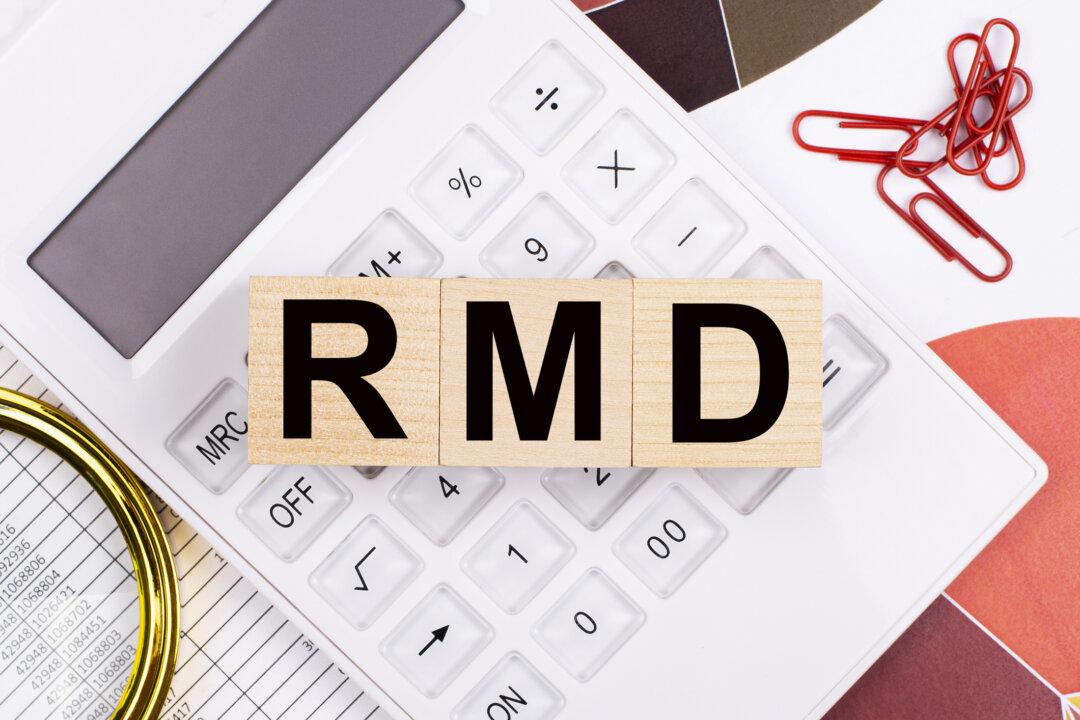By Sandra Block
Kiplinger’s Personal Finance
Congress late last year revised the rules on required minimum distributions (RMDs) that retirees must start taking in their 70s from tax-deferred retirement accounts.

Congress late last year revised the rules on required minimum distributions (RMDs) that retirees must start taking in their 70s from tax-deferred retirement accounts.